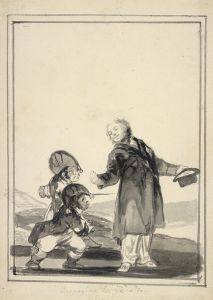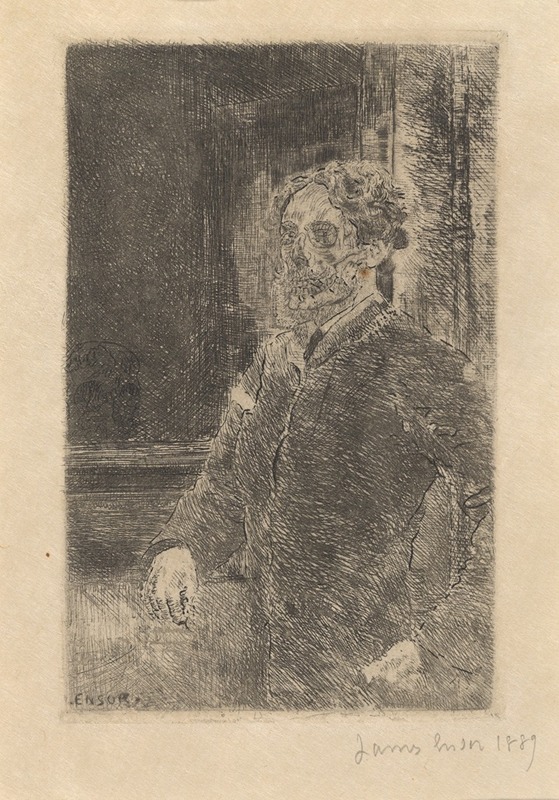
Mijn portret met doodshoofd
A hand-painted replica of James Ensor’s masterpiece Mijn portret met doodshoofd, meticulously crafted by professional artists to capture the true essence of the original. Each piece is created with museum-quality canvas and rare mineral pigments, carefully painted by experienced artists with delicate brushstrokes and rich, layered colors to perfectly recreate the texture of the original artwork. Unlike machine-printed reproductions, this hand-painted version brings the painting to life, infused with the artist’s emotions and skill in every stroke. Whether for personal collection or home decoration, it instantly elevates the artistic atmosphere of any space.
James Ensor's "Mijn portret met doodshoofd" (translated as "My Portrait with a Skull") is a notable work by the Belgian artist, created in 1889. Ensor, a prominent figure in the Symbolist movement, is renowned for his unique and often provocative style, which frequently incorporates themes of death, masks, and the grotesque. This particular painting exemplifies his fascination with mortality and the macabre, elements that are recurrent throughout his oeuvre.
The painting features a self-portrait of Ensor alongside a skull, a motif that symbolizes death and the inevitable passage of time. This juxtaposition of life and death is a common theme in Ensor's work, reflecting his interest in the transient nature of human existence. The skull, a traditional memento mori, serves as a reminder of mortality, a theme that was particularly resonant during the late 19th century, a period marked by rapid social and technological changes.
Ensor's use of vibrant colors and expressive brushwork in "Mijn portret met doodshoofd" is characteristic of his style, which often blends elements of Impressionism with a more personal, idiosyncratic approach. The painting's composition, with the artist's face rendered in vivid detail next to the stark, monochromatic skull, creates a striking contrast that underscores the tension between life and death.
Born in Ostend, Belgium, in 1860, James Ensor spent most of his life in his hometown, which greatly influenced his artistic development. Ostend, a coastal city, provided Ensor with a rich tapestry of cultural and social influences, from the bustling seaside life to the more somber, introspective atmosphere of its interiors. Ensor's family owned a curiosity shop, which exposed him to a wide array of objects, from exotic masks to peculiar artifacts, elements that would later permeate his artwork.
Throughout his career, Ensor was associated with the avant-garde group Les XX, a collective of artists who sought to challenge the traditional art establishment in Belgium. His work, however, often stood apart due to its distinctive blend of satire, fantasy, and existential inquiry. "Mijn portret met doodshoofd" is a testament to Ensor's ability to fuse personal introspection with broader philosophical themes.
Ensor's fascination with masks and the grotesque can be traced back to his interest in the carnivals and masquerades of his native Ostend. These events, with their blend of revelry and disguise, provided a rich source of inspiration for Ensor, who saw in them a metaphor for the human condition. In "Mijn portret met doodshoofd," the skull can be seen as the ultimate mask, one that strips away the superficial layers of identity to reveal the underlying truth of human mortality.
The painting is housed in the Royal Museum of Fine Arts in Antwerp, where it continues to be a subject of study and admiration. Ensor's work, including "Mijn portret met doodshoofd," has had a lasting impact on subsequent generations of artists, influencing movements such as Expressionism and Surrealism. His exploration of the human psyche, combined with his innovative use of color and form, has cemented his place as a pivotal figure in the history of modern art.
In summary, "Mijn portret met doodshoofd" is a quintessential example of James Ensor's artistic vision, combining his fascination with death and the macabre with his distinctive style. Through this work, Ensor invites viewers to confront the realities of existence, challenging them to look beyond the surface and consider the deeper truths that lie beneath.





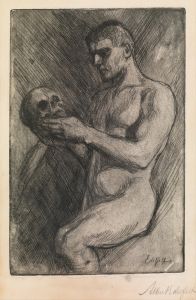
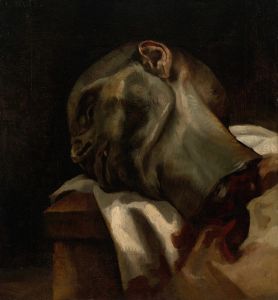
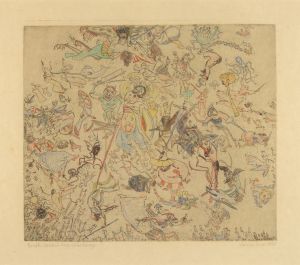
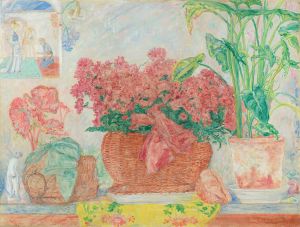
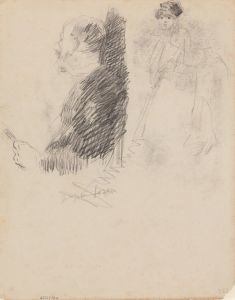
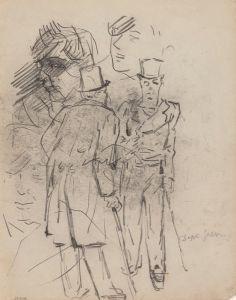
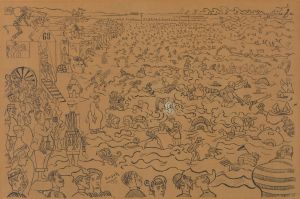
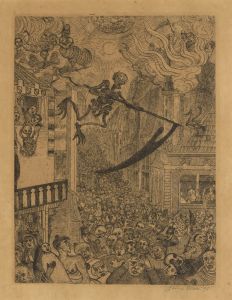
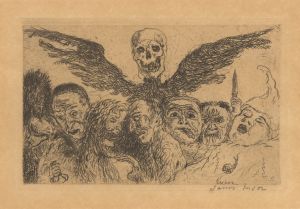
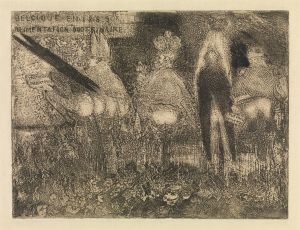
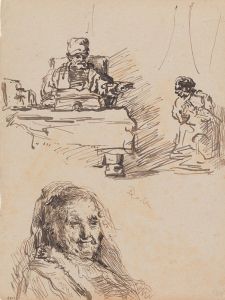
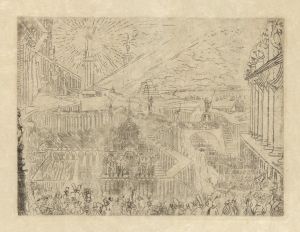
![He Who Does Not Like Thee Will Defame Thee in Jest [Loyalty]](/imgs/264614/s/francisco-de-goya-he-who-does-not-like-thee-will-defame-thee-in-jest-loyalty-4196b335.jpg)
